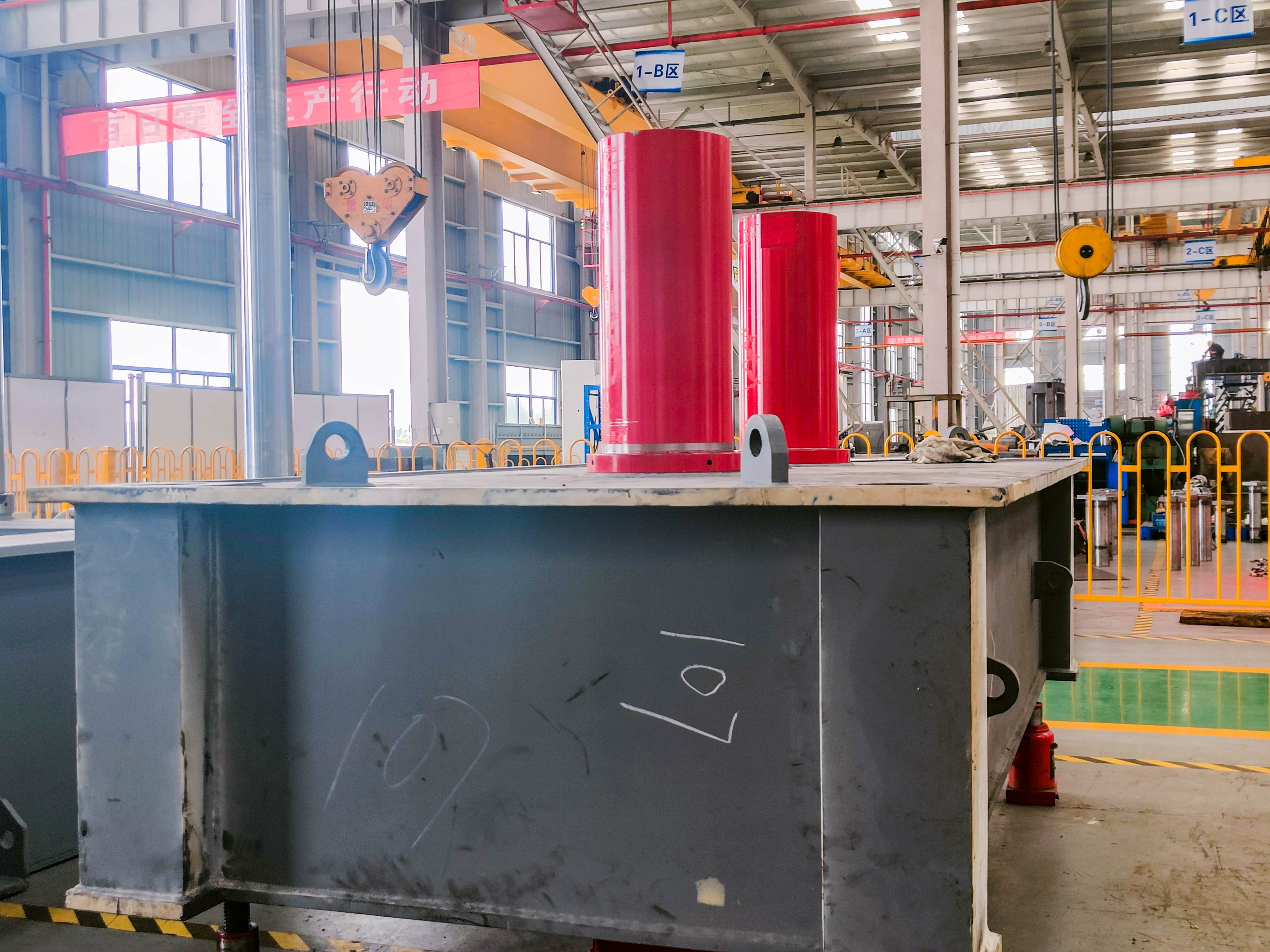







In the process of using a four-column hydraulic press, there are often some unexpected problems, one of which is crawling.
The following small series will talk about the hazards of hydraulic cylinder crawling behavior for customers and friends.

The hydraulic cylinder crawls in the hydraulic throttle control system
The working pressure of the hydraulic cylinder is determined by the external load. Because the flow rate of the throttle valve changes with the change of external load resistance, especially in the case of light load and slow working conditions, if there is no reverse pressure equipment, it is easy to cause crawling. When the inertia of movement is large, the phenomenon of forward cleaning will also occur, but the effect of lifting the back pressure valve is good.
The hydraulic cylinder crawls in a vertical position
In a four-column hydraulic press, the piston hydraulic cylinder moves upwards as a working stroke. When the hydraulic cylinder slides downward, the moving energy weight (relatively large hydraulic cylinder) absorbs the kinetic energy and increases the pressure inside the hydraulic cylinder. If the movement rate of the piston is greater than the movement rate of the piston, it is determined by the oil leakage of the hydraulic cylinder for a certain period of time. When the chamber pressure of the cylinder pump oil rises and is balanced against the downward force of the piston, the piston will stop moving. After that, as the cylinder continues to pump oil, the piston begins to move down again and the internal pressure decreases. This repetitive action increases the difference between static and dynamic frictional resistance, causing a noticeable crawl. In this case, the throttle rate control device on the road can be improved and the inner diameter of the return pipe can be increased.
Some four-column hydraulic presses use double-rod hydraulic cylinders. When the piston moves downward, if the piston has a working load, the proportion of the change in back pressure caused by the change in kinetic energy is very small compared to the total change in back pressure. As a result, crawling will also be significantly reduced.
Actuators for four-column hydraulic press equipment (hydraulic cylinders or hydraulic motors) often require very low speeds, such as moving a few millimeters or even less than 1 m per minute or turning several times per minute. At this time, there is often an obvious uneven speed, intermittent time-sharing stop, rapid, slow, rebound, stop phenomenon, the hydraulic press becomes a bar, that is, low-speed stability problems. The minimum velocity without crawling is called the critical velocity for locomotion stability.